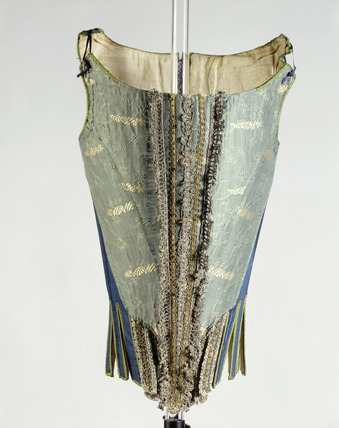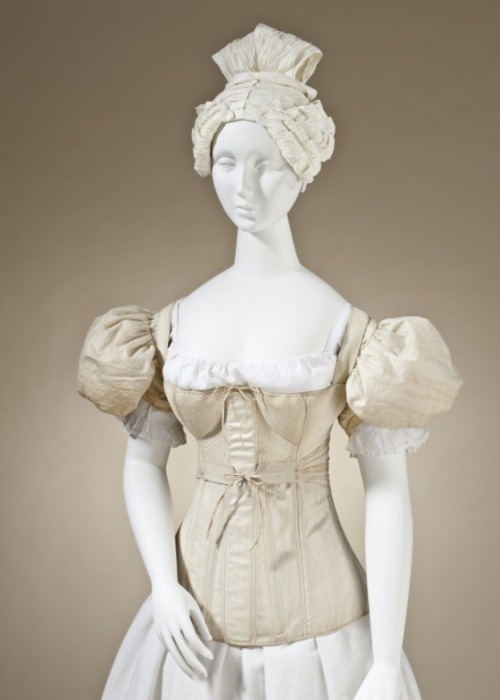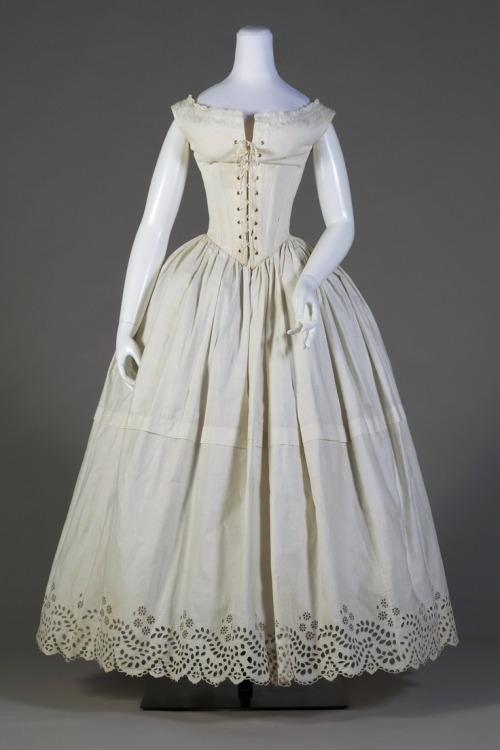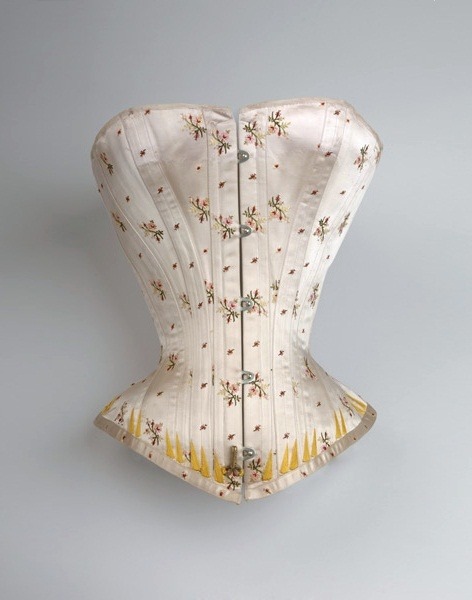ephemeral-elegance:It’s FRIDAY FASHION FACT time! Arguably the most iconic piece of historic dress i
ephemeral-elegance:It’s FRIDAY FASHION FACT time! Arguably the most iconic piece of historic dress is the corset. It was a staple of women’s fashion for centuries, and even today the corset has yet to fade from fashion completely. There is a a lot of myth surrounding the corset, as well as controversy over its practicality and safety. So where did such a legendary garment get its start?To be perfectly honest, no one knows for sure exactly where the corset originates from. There is evidence of stiff, corset-like bodice pieces dating as far back as 2000 BCE worn by the Cretan women. There is also evidence from several other cultures throughout the ancient world of women binding their waists in various ways. However, there is such a strong disconnect between these cultures and early modern Europe, that it is unlikely that they were any sort of predecessor to the modern, western corset.The invention of the “modern” corset is often attributed to Catherine de’ Medici, an Italian noblewoman who married King Henry II of France in the 16th Century. The legend is that she hated thick waists, and so required all the ladies at court to constrict their bodices with an iron cage-like corset, aiming for a miniscule 13 inch waist herself. Most modern historians agree that this story has been vastly dramatized. While metal corsets did exist at the time, it is generally agreed that they were used for orthopedic purposes, just as today corset-like pieces may be used to treat scoliosis. The majority of surviving metal corsets are in fact reproductions made centuries later, often by fetishists. The word “corset” can be found as early as the 13th Century, but as this time it was used to describe the torso of any garment, from gowns to armor.As the Middle Ages gave way to the Renaissance, clothing became increasingly tailored, cinched by lacing. As outerwear became more close-fitting, naturally, undergarments did as well. Soon a tight laced bodice piece known as a basquine (aka vasquine) was developed in Spain, quickly spreading throughout Europe. The fashion of a tight, flattened bodice gave a smoothness that helped to display fine fabrics, a sign of wealth. By the mid-16th Century, Italian aristocratic women began to stiffen their bodices with a piece of whalebone in the front, known as a busk. Catherine de’ Medici quickly adopted the style. While she did not invent the look, she certainly popularized it. Soon whalebone was added to the sides of under-bodices for more stiffness, in garments known as bodies, while the outer bodice continued to be stiffened with a busk. Corsets simply progressed from there. Early corsets were known as stays, and were perfectly straight, stiffened all around, with no curve for waists or busts. These went out of style in the 1790s, after the French Revolution, when the neoclassical look was popularized. By the early 19th Century, though, stiff bodice undergarments began to be reintroduced, this time curved to shape a woman’s body, as opposed to just flatten it. It is at this point that they came to be known as corsets. The materials and shapes of corsets morphed with the fashions, leaving us with the wide variety of styles we know today!Want to learn more about corsets? Check out these books:The Corset: A Cultural History, by Valerie SteeleCorsets and Crinolines, by Norah WaughHave a question about fashion history you want answered in the next FRIDAY FASHION FACT? Just click the ASK button at the top of the page! -- source link
Tumblr Blog : ephemeral-elegance.tumblr.com









